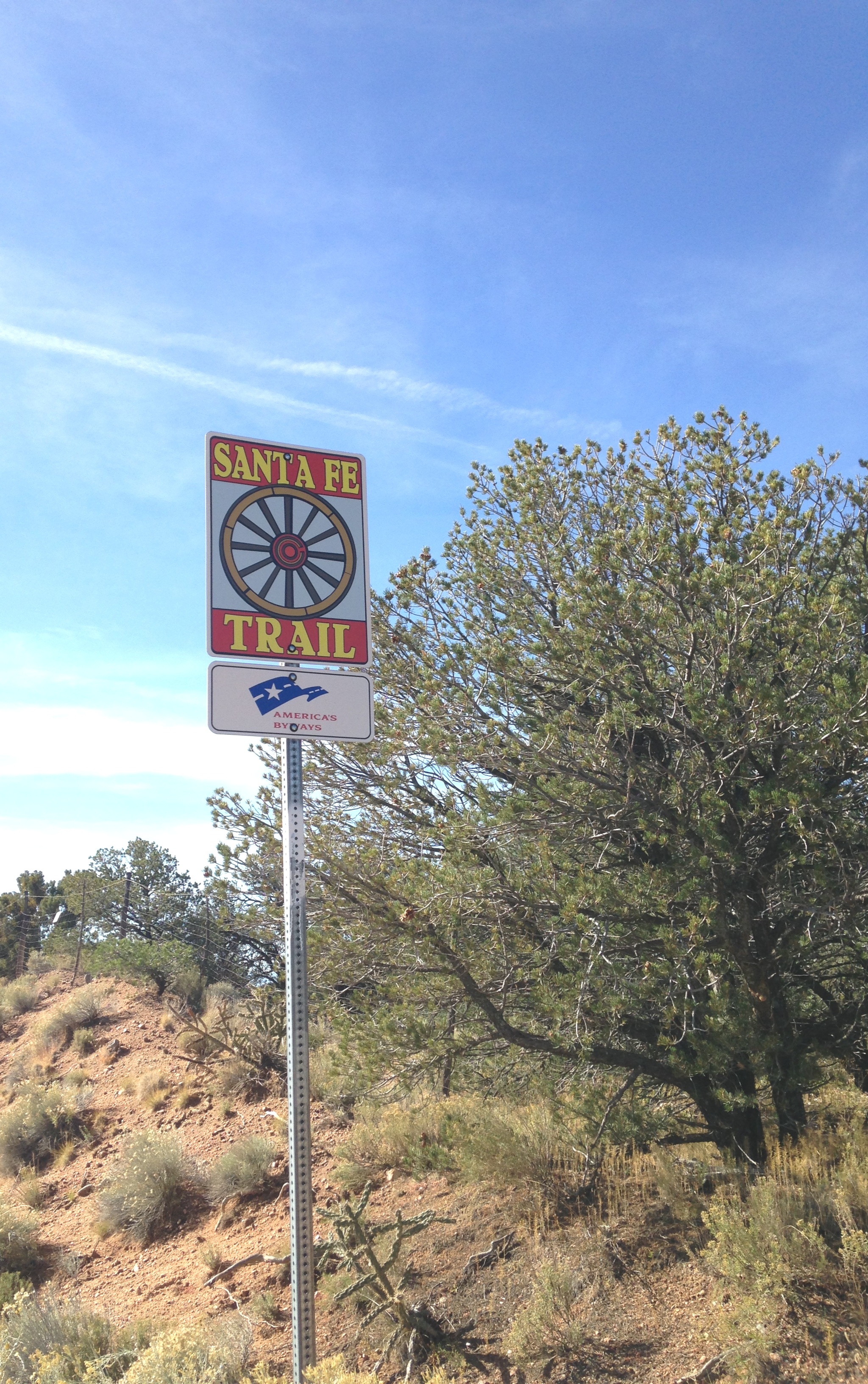Colonized Colonizer (2018)
Performance of “Walking Decolonization,” SFAI 140, Santa Fe Art Institute, November 16, 2018
What does it mean to be an immigrant from a formerly colonized country now participating in the colonization of others? Here in the U.S. because of imperialism, used in the project of settler colonialism, how do I think about decolonization? How does it become real, not just a metaphor? And how can the process of decolonization be transformational to both indigenous and settler?
I had never been to the southwest before going to Santa Fe in Fall 2018. To Chicago eyes, New Mexico was another world. We have the Great Lakes — there the Rio Grande has dried up. Here the land is flat, green, humid; there the land is arid, mountainous, stark and scrubby. The presence of Native people in New Mexico is deep and felt: nineteen Pueblos, three Apache nations, and part of the Navajo Nation, the largest reservation in the U.S. In Illinois, we have not one single federally recognized tribe. We had the French before the British, and then the Americans. They had the Spanish — and amazingly kicked them out. The Spanish came back, as we all know, and then came the Americans. Always the Americans.
Santa Fe has been the seat of local colonial administration through all of its post-contact regimes — as an outpost of New Spain, a province of Mexico, a territory of the U.S., and finally the state of New Mexico, USA.
“Santa Fe, (Po'oge) "The Place Of White Shells By the Water," has always been a gathering place. It has also been a place of contradiction and conflict while at the same time being a place of great significance for Pueblo people in particular and at one time for other Indians like the Apache, the Navajo, the Ute and even the Comanche. … This comprehensive telling of history is … absent from the "marketed" image of Santa Fe as a tri-cultural ideal. …
Recently, as I watched the re-enactment of the Vargas Entrada during the Santa Fe Fiesta, I looked at the faces in the audience and tried to pick out the "locals". You can still see an aspect of the aftermath of the re-conquest of Santa Fe and New Mexico in these faces even after many generations….
History is essentially a story and its telling is always relative to the memories and perspectives of the people who tell it. But, then again, the truth of a history is something that can really only be glimpsed through its reflection ... even when its reality has faded from memory.”
— Gregory Cajete (Santa Clara Pueblo)
Two major roads of colonization converge in Santa Fe. Following Native trading routes, the Spanish settlers, priests, and military created El Camino Real to come north from Mexico City. The Santa Fe Trail was hacked through lands occupied by many different Native peoples by U.S. businessmen looking to trade with Mexico after it gained independence from Spain.
I walked these roads of colonization back in the directions that the settlers came, out of the Santa Fe plaza, the site of the Palace of the Governors. I walked 11 miles on Old Santa Fe Trail Road, now lined by private property with houses valued at hundreds of thousands of dollars. I walked 16 miles down Agua Fria Street, Paseo Real, and Los Pinos Road to La Cienega, a route with buildings and property worth considerably less.
The walks were my musings on the possibilities of decolonization. I imagined La Salida, the exit: a pied piper leading the way, a weaving caravan of settlers straggling behind, patterns of domination and subjugation leaving this land.
There are other walks, historical and contemporary, that figure in New Mexico. The Long Walk was the forced march of over 10,000 Native people from their lands to eastern New Mexico in the 1860s. Navajo and Mescalero Apache women, men and children were incarcerated at Bosque Redondo (Hwéeldi in the Navajo language) for five years until a treaty was negotiated.
During Holy Week, especially Good Friday, thousands of mostly Latinx/Hispanic people walk on pilgrimage to El Santuario de Chimayó just north of Santa Fe, some walking from as far as Albuquerque, over 90 miles away. The name Chimayo comes from the Tewa name for one of the four sacred hills above the valley, Tsi Mayoh.
Cerrillos Road is a road for cars, not people. As the main strip that cuts across the straggly ellipse of Santa Fe, a walk down Cerrillos from downtown to the highway affords a good look at history, car culture, and current manifestations of colonialism in the racial/economic divides from east to west.
“Decolonization, which necessarily requires an overturning of the institutions and systems that continue to subjugate and exploit Indigenous Peoples and our resources, must occur at the individual, collective, and structural levels."
— Waziyatawin
Sources:
Gregory A. Cajete, “A Pueblo Perspective of the History of Santa Fe.” In White Shell Water Place: An Anthology of Native American Reflections on the 400th Anniversary of the Founding of Santa Fe, New Mexico, edited by F. Richard Sanchez, 2010.
Waziyatawin, “Relieving Our Suffering: Indigenous Decolonization and a United States Truth Commission.” In For Indigenous Eyes Only: A Decolonization Handbook, edited by Waziyatawin Angela Wilson and Michael Yellow Bird, 2005.
https://www.bosqueredondomemorial.com/history.htm
https://www.nps.gov/nr/travel/american_latino_heritage/el_santuario_de_chimayo.html


